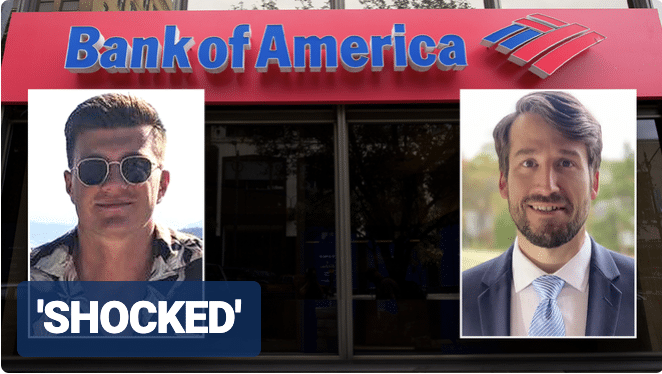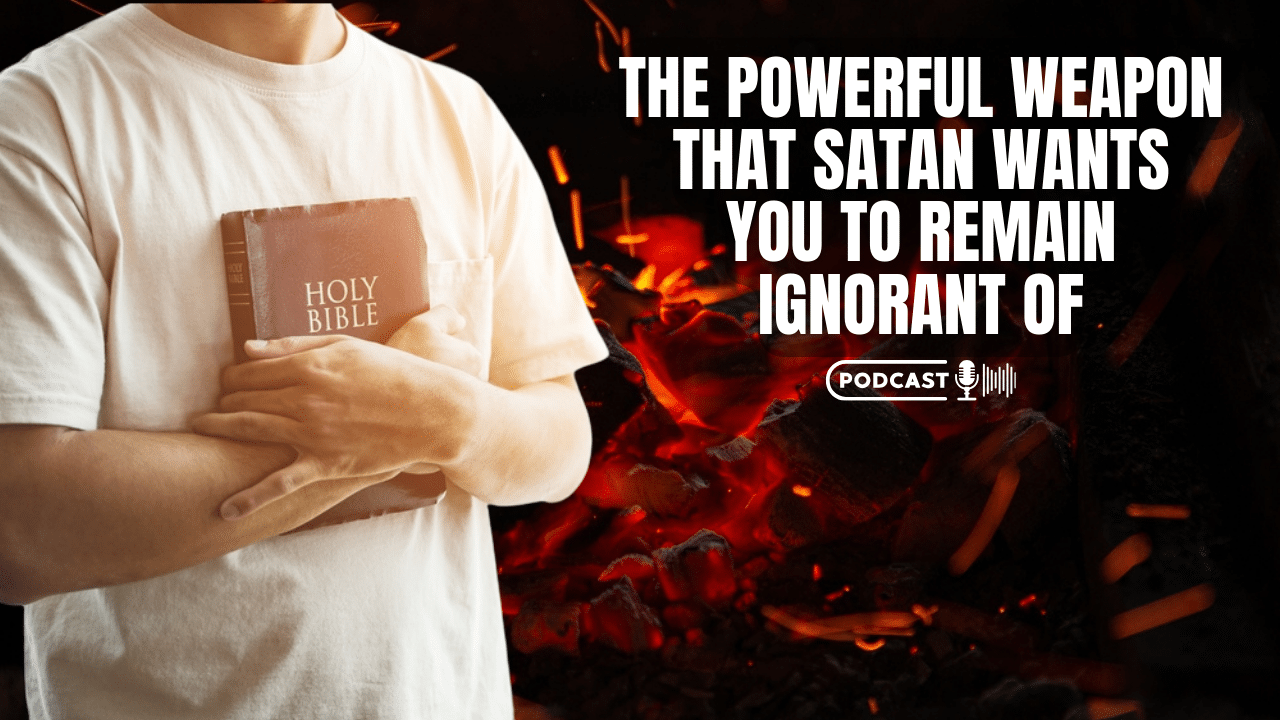(OPINION) The pews were only half full at St. Raymond of Penafort on a recent Sunday morning. At the height of lockdowns, that was OK as scores of parishioners grew accustomed to watching services online, hinting at what a post-pandemic future might look like. But on this day, the church’s high-speed internet connection was down.
“If you want to text them,” Rev. Chris Walsh told the Catholic congregation, “tell them they can get in the car and drive here, and they’ll be here in no time.” Across the country, Christian leaders are wrestling with how to keep their congregations going with fewer people showing up.
The number of churchgoers has steadily dropped in the U.S. over the past few decades. But Covid-19 and its lockdown restrictions accelerated that fall. In-person church attendance is roughly 30% to 50% lower than it was before the pandemic, estimates Barna Group, a research firm that studies faith in the U.S.
While religious leaders expect some rebound once the pandemic recedes, many don’t expect attendance to return to previous levels. That has left churches looking for different approaches to connect with existing members and attract new ones.
In Catholic, mainline Protestant, evangelical and other congregations, many religious leaders are laying plans for a more hybrid future with permanent online services—a shift from the in-person gatherings that have been at the core of worship for centuries. Beyond technology, some churches are focused on boosting engagement with small gatherings of congregants for discussion groups or community service and putting more emphasis on a one-on-one relationship with God. READ MORE

















